Using that classic piece of art on a book cover: Grr…
The IPKat
JANUARY 25, 2022
Beyond the obvious attempt to draw a connection between the artwork and the book based a shared sense of the "classical", the artwork also seeks to evoke a more specific connection with the contents of the book. You can't judge a book from its cover". True, except when a book and its cover are involved.

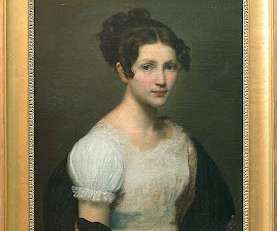
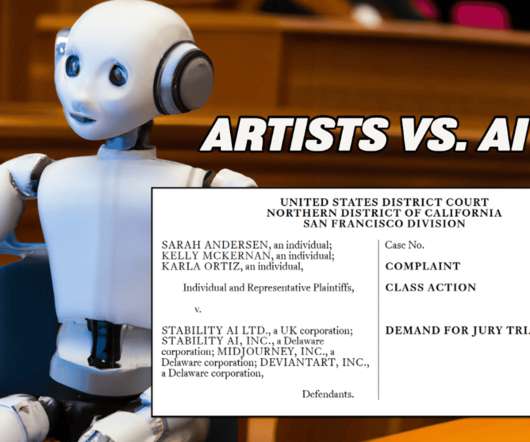
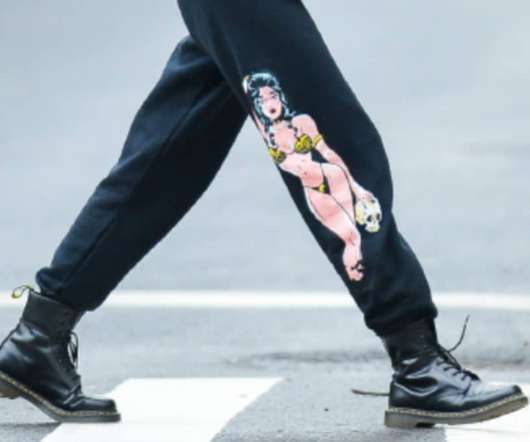


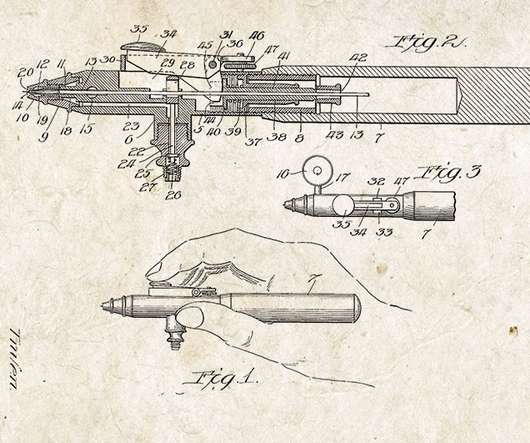

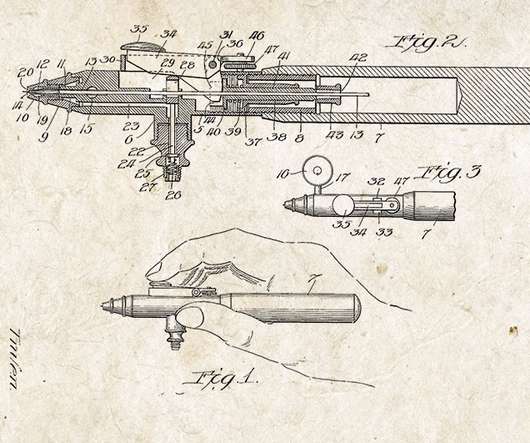

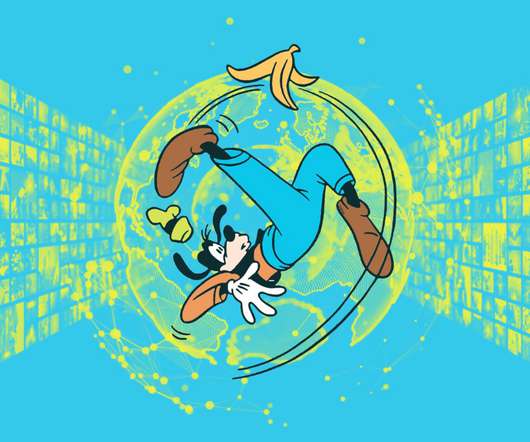

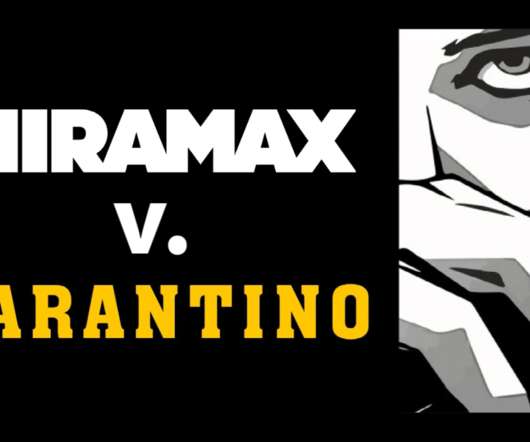






Let's personalize your content